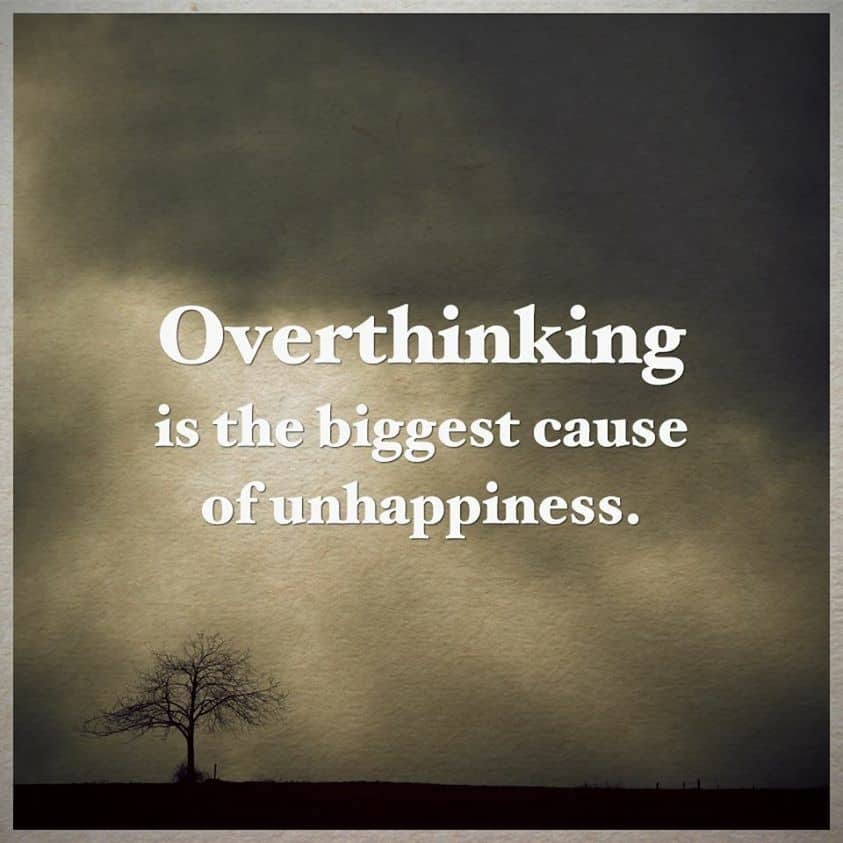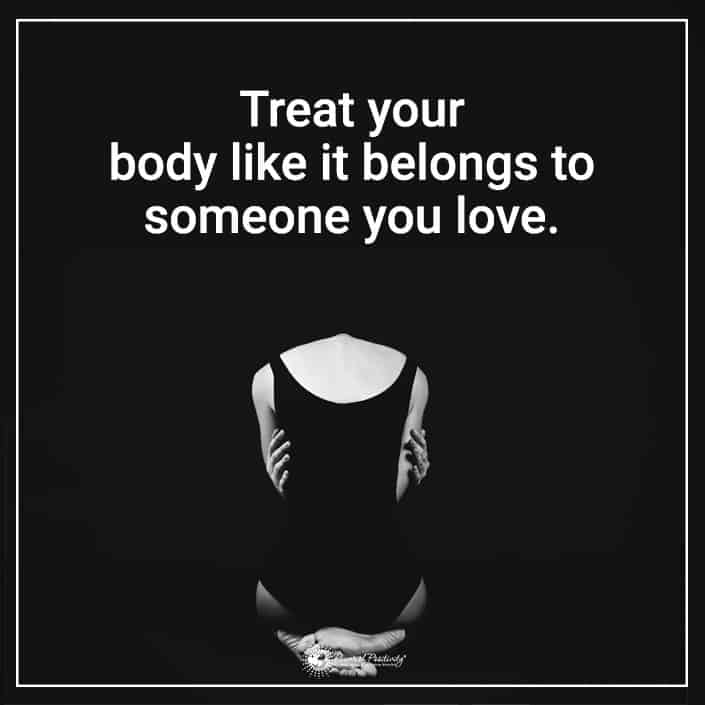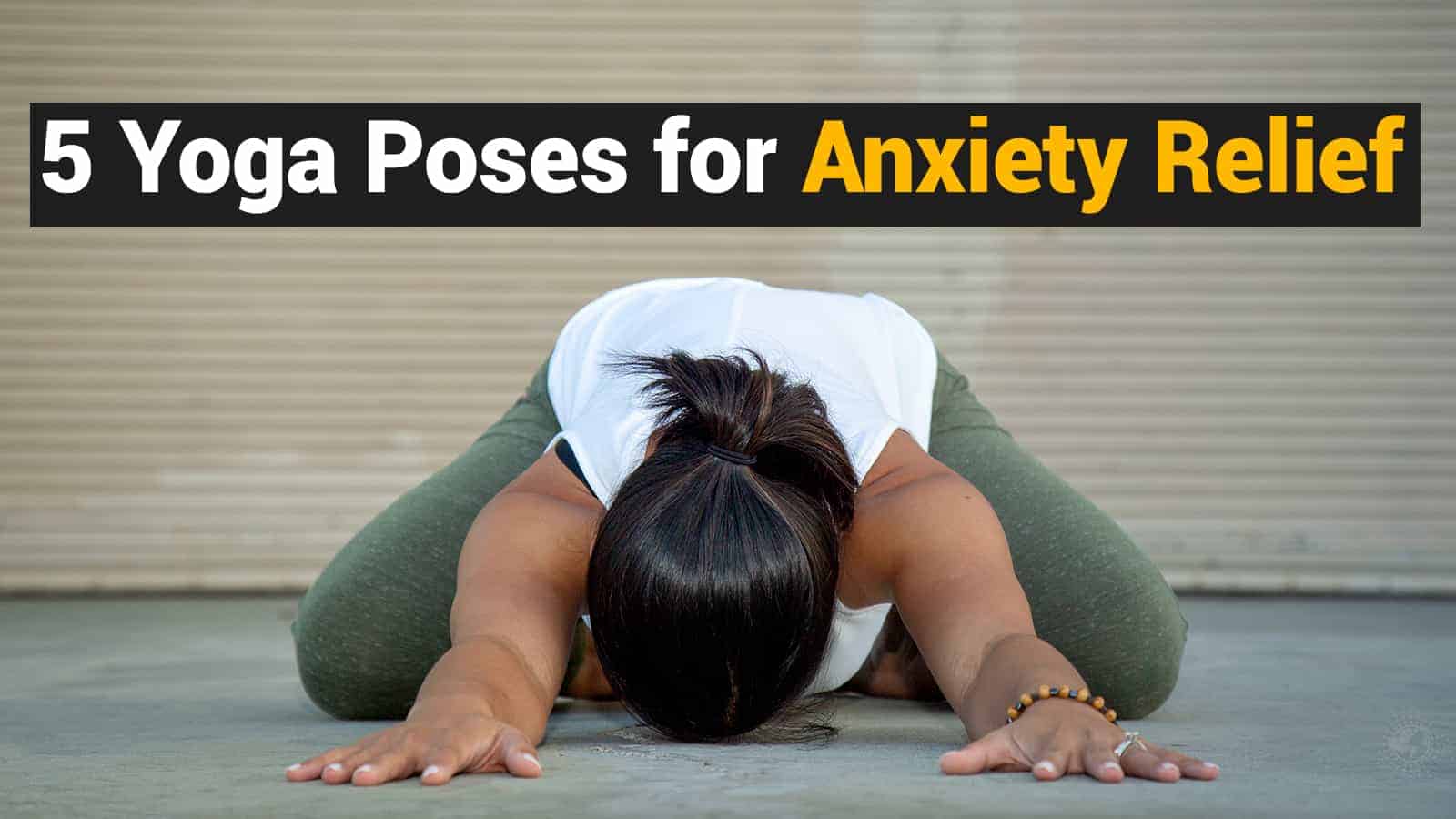Do you struggle with anxiety? If you find the debilitating pains of your angst controlling your life, then you may find comfort in knowing that you’re not alone.
According to the National Institute of Health, 19.1 percent of the population is plagued by anxiety.
Another shocking statistic is that females often have this issue more so than males—ways to combat this mental health concern range far and wide. However, there are natural ways to combat this issue that don’t come with side effects and big price tags.
Yoga is becoming a popular choice for those who want to battle their anxiety. Not only are these gentle movements good for grounding and focus, but they can help fight mental illness. According to Celebrate Yoga, this ancient practice has been around for more than 5,000 years, and some speculate that it’s been used for more than 10,000.
The fascinating thing about yoga is that, unlike other exercise programs, this one gives you a chance to slow way down. When you are attentive and listen to what your body is telling you, you can begin to unravel your troubles. During this time, you will gain strength for your journey and develop a deeper understanding of life.
Yoga Combats the Struggle with Anxiety
 Each move you make helps you center, process the things life brings your way, and absorb the blows you experience. To understand how yoga can work for you, you must know that three aspects come with stress. When your body is stressed out, it affects your body, mind, and breath. So, it’s a multifaceted problem that needs to be addressed.
Each move you make helps you center, process the things life brings your way, and absorb the blows you experience. To understand how yoga can work for you, you must know that three aspects come with stress. When your body is stressed out, it affects your body, mind, and breath. So, it’s a multifaceted problem that needs to be addressed.
When you learn various yoga poses, you will learn how to calm yourself without the need for harmful self-medication tactics. You will also learn how to increase your focus, improve your balance, and obtain a relaxed state. Yoga is one of the best exercise methods for effective stress relief, and once you learn how to use these poses properly, you will learn how to be more positive.
If you struggle with anxiety, then you should know that yoga can help you in the following ways:
- Relieves tense muscles
- Encourages grounding
- Sends your breaths to the areas where most of the attention is needed
- Lowers your pulse
- Lowers blood pressure
- Eases your respirations
- Eases pain
- It helps to regulate your stress response.
- Improves your body image
- Enhances your confidence levels
- It helps you understand how your body works.
- Enhances endurance
- Balances your mental wellbeing
- Lowers glucose levels
- Improves lipids
- Eases depression
- Encourages a greener lifestyle
- It puts you on the path to being healthier.
Yoga Poses for Anxiety
 If you think this could be a viable way for you to help in the struggle with anxiety, here are a few poses you can use for your journey towards better mental health.
If you think this could be a viable way for you to help in the struggle with anxiety, here are a few poses you can use for your journey towards better mental health.
1. Breath of Fire
When you’re anxious, nervous, in severe pain, or experiencing any sadness, then the breath of fire is an excellent pose to use to get control over your breathing. Since it uses various breathing exercises, it teaches you the proper ways to inhale, hold your breath, and exhale.
This pose is part of Kundalini yoga, which involves singing and chanting along with specific breathing practices. This pose can help you achieve a Zen state by lowering your stress levels as it decreases activity going on in the sympathetic nervous system.
There are several positions to this pose, and they each should be done for between 1-10 minutes each. Your experience level will dictate how long you can hold the stance, and those new to yoga will discover that lying on the ground makes it easier.
•Lie flat on your back on a mat.
•Lift your head and heels simultaneously. Make sure to get your feet about six inches from the floor.
•Keep your eyes on your toes as you move them so that they point away from your body.
•Turn your palms facing downward and put your arms alongside your legs. However, you must make sure that your arms don’t touch your legs.
•Now, start rhythmic breathing to complete the breath of fire.
•Close your eyes tight and picture your troubles melting away. Inhale deeply, then slowly exhale through your nose. If you’re doing this correctly, you will feel your navel go in and out with your breathing.
•Keep doing these breathing exercises while keeping your body still. If you do things correctly, you should be doing about one breath per second.
2. Child’s Pose
If you struggle with anxiety, you probably have tension and muscular pains in the shoulders, back, hips, and neck. Most people go back and forth between other poses and this one as it tends to be calming. Whenever you feel stress come over you in waves, then the child’s pose is best for you.
•Get in a position on all fours like an animal.
•Now, slowly bring your hips backward until they are aligned with your heels.
•Move your body forward while keeping your hips shifted towards the back.
•Place a pillow in front of you on the floor, and rest your forehead on this cushion.
•Now, slowly shift your arms and make sure there are palms upward lying beside your legs.
•Start breathing deeply by inhaling, holding for eight breathes, then exhaling slowly through the nose.
3. Bridge Pose
Some of the older yoga instructors called this position the “muscle of the soul.” Your hips are crucial to keep your body walking and moving. The hips connect the central nervous system to the legs as well as the diaphragm.
Consequently, this is where you will find most of your struggles with anxiety manifesting as aches and pangs. Thankfully, this position can help.
•Start by gathering a mat and lying on the floor with your back on the mat.
•Bend your knees slightly.
•Now, you want your elbows to be at 90 degrees, so bend them until you achieve this angle.
•Place your feet on the floor and press downwards; you should also squeeze your glutes while you slowly lift your hips slightly.
•Now, do a hamstring-like movement by drawing your heels towards your backside. Hold this stance while breathing for five breathes, and repeat 3-5 times.
4. Meditation
Did you know that meditation and yoga are intermingled? Meditation has been around since 1500 BCE, according to Mind Works, and it was often used in Hinduism as a practice of the mind. Using meditation helps you to center yourself as well as bring a sense of calm to the body.
It’s an excellent way to control stress. To effectively do this ancient art, all you need to do is focus your mind on anything but your troubles. If you struggle to learn this technique, most beginners start by just watching themselves inhale and exhale.
Find a position that you feel most comfortable in and close your eyes tight. Now, you want to start breathing in slowly to the count of five, and then you must exhale slowly to the count of five. With each breath in and out, you will feel stress and anxiety leave your body.
All that extra oxygen you’re bringing into your being is enhancing your brain’s thought processing ability.
5. Supported Bridge Pose
For this maneuver, you want to be in the bridge pose, but modify it so that it’s in a more supportive way. Using this stance can help you eliminate head and body aches as well as anxiety and depression. There are many variations to this pose, so you want to find the one that works best for you. The most common stance is as follows:
•Get on the ground and lie flat on your back.
•Bend your knees until they’re at a 90-degree angle.
•Press your feet into the ground as you slowly lift your hips from the floor.
•If you have a problem with your back hurting, it’s okay to put a pillow or bolster underneath your hips to support this area.
•Breathe in and out while staying in this position for 3-5 minutes.
Final Thoughts on Trying Yoga to Beat Your Struggle with Anxiety
Yoga is excellent for all skill levels as it can be modified to fit your needs. It can bring you relief from your anxiety and stress and promote an overall good mental wellbeing. This art has a history of using meditation and breathing exercises to lower cortisol levels and get the body some much-needed relief.
To enhance your session and further lower your struggles with anxiety, try burning some candles or incense during this time. Some even create a small altar with these items where they lay down their troubles.
It’s also common to use essential oils to help induce a calm state. Oils like lavender, bergamot, patchouli, valerian, and lemongrass help ease stress and anxiety.
Your struggle with anxiety doesn’t have to win. You can learn practical coping skills that can help you overcome this widespread mental health issue.

















